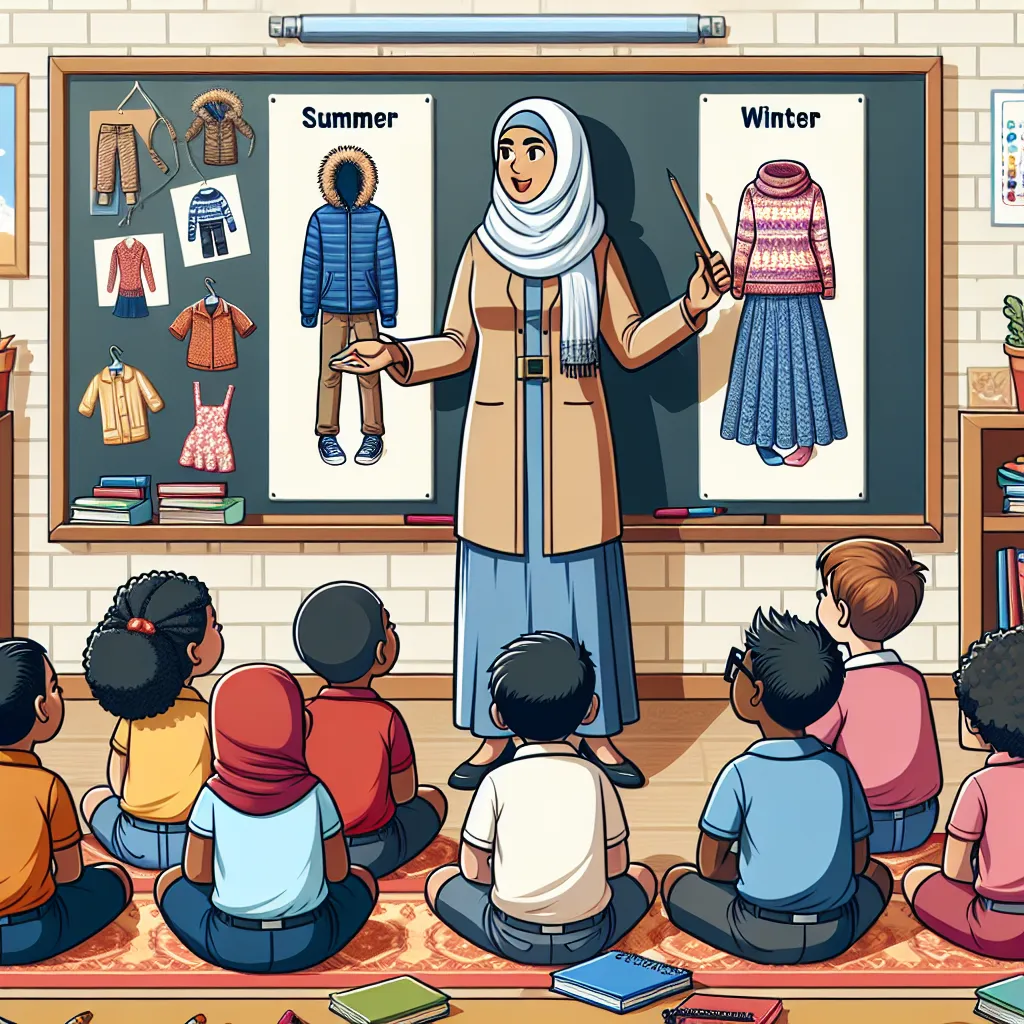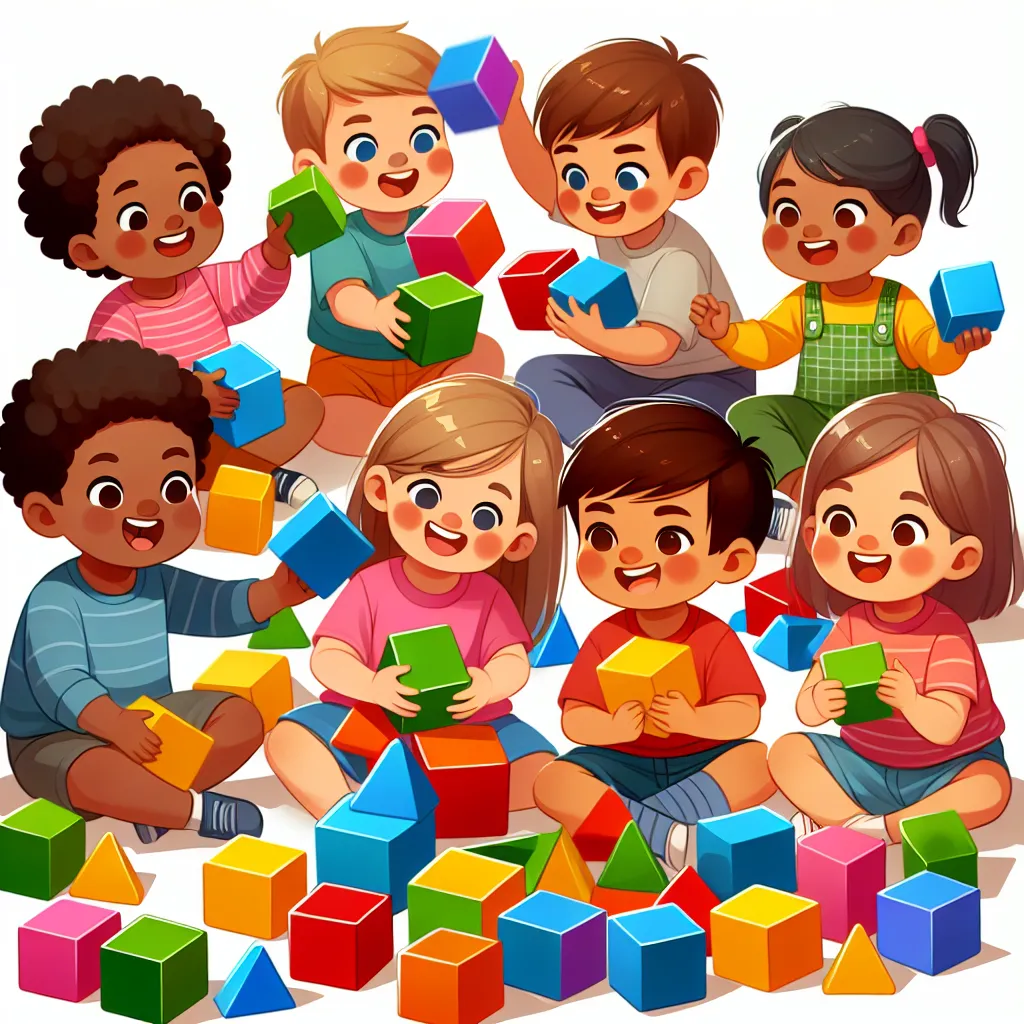Ask AI on The Internet
Question: 2.1 In your own words, explain the central idea behind Piaget's theory of learner's knowledge acquisition. (2) 2.2 Describe the concept of "schemes" as proposed by Piaget. How do learners develop and modify these schemes as they interact with their environment? (6) 2.3 Critically explain the process of assimilation in the context of Piaget's theory. Provide ONE (1) example of how learners assimilate new information into their existing knowledge. (3) 2.4 Differentiate between assimilation and accommodation according to Piaget's theory. Provide a real-life scenario where a child would need to use both processes to make sense of a new experience. 2.6 Critically discuss the role of equilibrium in Piaget's theory of cognitive development and discuss how it relates to the balance between existing knowledge and new learning in a learner's mind. Provide ONE (1) example of a situation where a learner achieves equilibrium. (3) 2.6 Create a short activity that demonstrates how a Grade R teacher builds new knowledge onto existing knowledge in the classroom. Use any ONE (1) of the following topics: - Transport - Seasons - Farm animals - Healthy lifestyle - Safety
2.1 The central idea behind Piaget's theory is that children actively construct their own cognitive worlds, learning and understanding through interaction with their environment. Piaget proposed that this occurs through a sequence of stages that are dependent on age and maturity - sensorimotor stage, preoperational stage, concrete operational stage, and formal operational stage. The progression through these stages is determined by maturation and environmental interaction which help to build schemas, processes of assimilation, accommodation, and the equilibrium. 2.2 "Schemes" according to Piaget, are the mental representations, concepts, or frameworks that individuals form through their experiences. Learners adapt and change these schemes as they interact with their surroundings. This is accomplished through two processes of assimilation where new experiences are incorporated into existing schemas and accommodation where existing schemas are adjusted or new schemas are formed to accommodate new experiences. 2.3 Assimilation according to Piaget is the process where a learner encounters a new situation or information and matches it to a pre-existing scheme or concept in their mind. It is like fitting new experiences into existing cognitive structures. For example, if a child knows what a car is and then sees a truck for the first time, they might assimilate this information by referring to the truck also as a 'car'. 2.4 Assimilation and accommodation are processes of adaptation in Piaget's theory. While assimilation involves incorporating new experiences into existing schemas, accommodation involves changing existing schemas or creating new ones due to new knowledge or experiences. For instance, a child might refer to all four-legged animals as 'dogs' (assimilation). However, when parents correct the child pointing out cats, horses and dogs separately, the child creates new schemas for each animal (accommodation). 2.5 In Piaget's theory of cognitive development, equilibrium functions as the balance between assimilation and accommodation. It's a state of mental stability where a learner's schemas can explain all that they perceive in the environment. For example, a child who has learned the difference between cats and dogs reaches equilibrium when they can correctly identify both in new contexts. 2.6 For a Grade R teacher teaching about 'Healthy Lifestyle': Activity: 'My Healthy Plate' Teacher would demonstrate an outline of a plate divided into sections for vegetables, fruits, proteins, and grains, labeling each. The teacher would provide several pictures of different foods to the class and ask them to pin the pictures onto the area in plate where they belong, making use of their pre-existing knowledge about fruits, vegetables, etc. As the activity progresses, the teacher would discuss the importance of each food group, enabling students to link their previous knowledge of food to the new knowledge of balanced eating. This creates new knowledge based on existing schemas.
A new large language model has been made available since this question was asked.
To generate an updated answer from the new model, click the button below.
Think your answer is better than the AI's? Post it below.
Other Most Relevant Posts:
 2.1 Unveiling the Pillars of Piaget's Knowledge Acquisition Theory
2.2 Unlocking Piaget's Concept of Schemes: How Learners Develop and Modify
2.3 The Art of Assimilation: Integrating New Information i
2.1 Unveiling the Pillars of Piaget's Knowledge Acquisition Theory
2.2 Unlocking Piaget's Concept of Schemes: How Learners Develop and Modify
2.3 The Art of Assimilation: Integrating New Information i
 2.1 Piaget's Theory Unveiled: Understanding Knowledge Acquisition in Learners
2.2 Unlocking the Power of Schemes: Piaget's Perspective on Cognitive Development
2.3 Assimilation Unraveled: Integrating
2.1 Piaget's Theory Unveiled: Understanding Knowledge Acquisition in Learners
2.2 Unlocking the Power of Schemes: Piaget's Perspective on Cognitive Development
2.3 Assimilation Unraveled: Integrating
 2.1 Piaget's Theory: Understanding How Learners Acquire Knowledge.
2.2 Unraveling "Schemes": Piaget's Concept of Learners' Cognitive Structures.
2.3 Assimilation in Piaget's Theory: Integrating New
2.1 Piaget's Theory: Understanding How Learners Acquire Knowledge.
2.2 Unraveling "Schemes": Piaget's Concept of Learners' Cognitive Structures.
2.3 Assimilation in Piaget's Theory: Integrating New
Question Tags
If you want your question answered by an AI, click here.




Post your own comment: